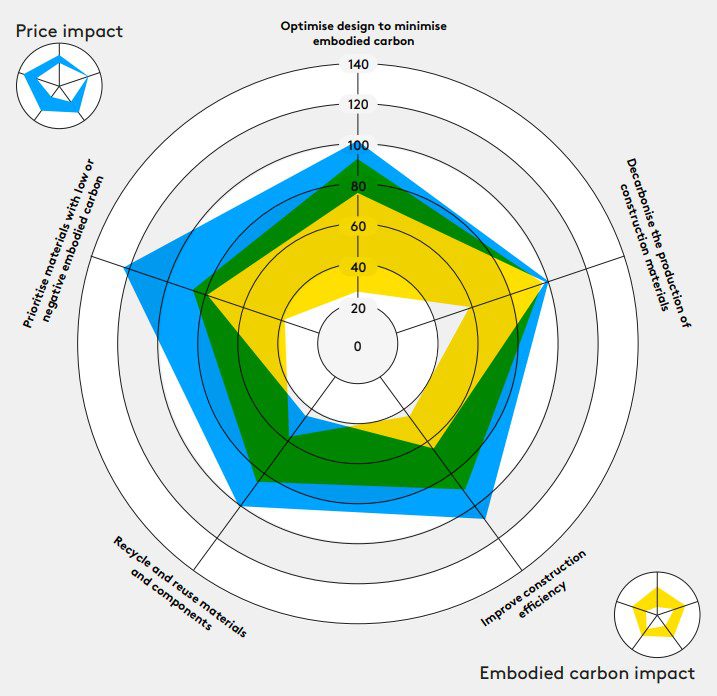Embodied carbon regulation in the European construction sector

This report presents 72 case studies on how reducing embodied carbon in construction will impact the investment costs of
buildings and infrastructure. The analysis focusses on the European Union (EU) and the United Kingdom (UK).
Buildings and infrastructure require energy to operate, which contributes to greenhouse gas (GHG) emissions. In buildings, this involves primarily heating, cooling and lighting. For infrastructure, it is associated with the movement of cargo, people, data, water, electricity or fuels, and materials. However, the construction, maintenance, renovation and eventual decommissioning of buildings and infrastructure also contribute to GHG emissions. They include those related to the extraction, processing, production, recycling or disposal of construction materials, as well as those from energy use when buildings are assembled, maintained, renovated, demolished or disassembled.
